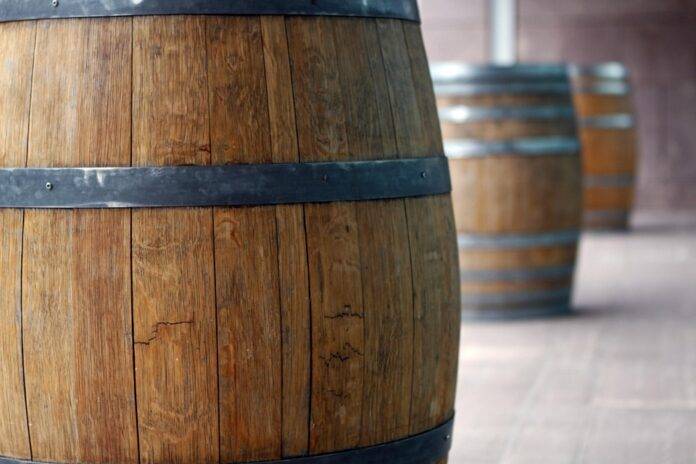The Influence of Tuscany’s Rolling Hills and Clay Soils on Wine Structure and Depth
Tuscany, a region in central Italy known for its picturesque landscapes, medieval towns, and world-renowned wines, is home to some of the most prestigious vineyards in the world. The region’s unique combination of rolling hills and clay soils plays a crucial role in shaping the structure and depth of Tuscany’s wines.
The Terroir of Tuscany
Terroir, a French term that encompasses the environmental factors that influence the characteristics of a wine, is particularly significant in Tuscany. The region’s rolling hills create varying microclimates and exposure to sunlight, which in turn affect the ripening process of the grapes. The clay soils in Tuscany are rich in nutrients and minerals, providing the vines with essential elements for growth and flavor development.
Structural Impact of Rolling Hills
The rolling hills of Tuscany have a significant impact on the structure of the wines produced in the region. The slopes of the hills provide excellent drainage for the vineyards, preventing waterlogging and ensuring that the vines receive just the right amount of water. This controlled water supply results in grapes with concentrated flavors and balanced acidity, contributing to the overall structure of the wine.
Furthermore, the elevation of the vineyards on the hillsides exposes the grapes to varying temperatures throughout the day and night. This diurnal temperature variation is crucial for the development of complex aromas and flavors in the grapes, adding depth to the final wine.
Depth from Clay Soils
The clay soils of Tuscany also play a vital role in shaping the depth of the region’s wines. These soils have excellent water retention properties, allowing the vines to access moisture during dry periods. This consistent water supply promotes healthy vine growth and helps the grapes achieve optimal ripeness, resulting in wines with deep, intense flavors.
Additionally, the clay soils in Tuscany contain a variety of minerals that contribute to the complexity of the wines. Elements such as calcium, potassium, and magnesium add nuances to the flavor profile of the grapes, creating layers of depth in the finished wine.
Industry Insights
Tuscany’s reputation for producing high-quality wines with exceptional depth and structure has made it a popular destination for wine enthusiasts and investors alike. The region is home to prestigious wineries such as Antinori, Banfi, and Marchesi di Frescobaldi, which have been instrumental in shaping the industry’s standards and pushing boundaries in winemaking techniques.
Financially, the wine industry in Tuscany is a significant contributor to the region’s economy. According to data from the Italian Institute of Statistics, the wine sector in Tuscany generated over €2 billion in revenue in 2020, with exports accounting for a substantial portion of sales. The demand for Tuscan wines continues to grow globally, with markets such as the United States, China, and Germany showing particular interest in the region’s offerings.
Conclusion
In conclusion, Tuscany’s rolling hills and clay soils are essential components that shape the structure and depth of the region’s wines. The unique terroir of Tuscany, characterized by its diverse microclimates and nutrient-rich soils, creates the perfect conditions for producing wines with complex flavors, balanced acidity, and remarkable depth. As the demand for Tuscan wines continues to rise, the region’s winemakers are poised to continue producing exceptional vintages that showcase the best of what Tuscany has to offer.




